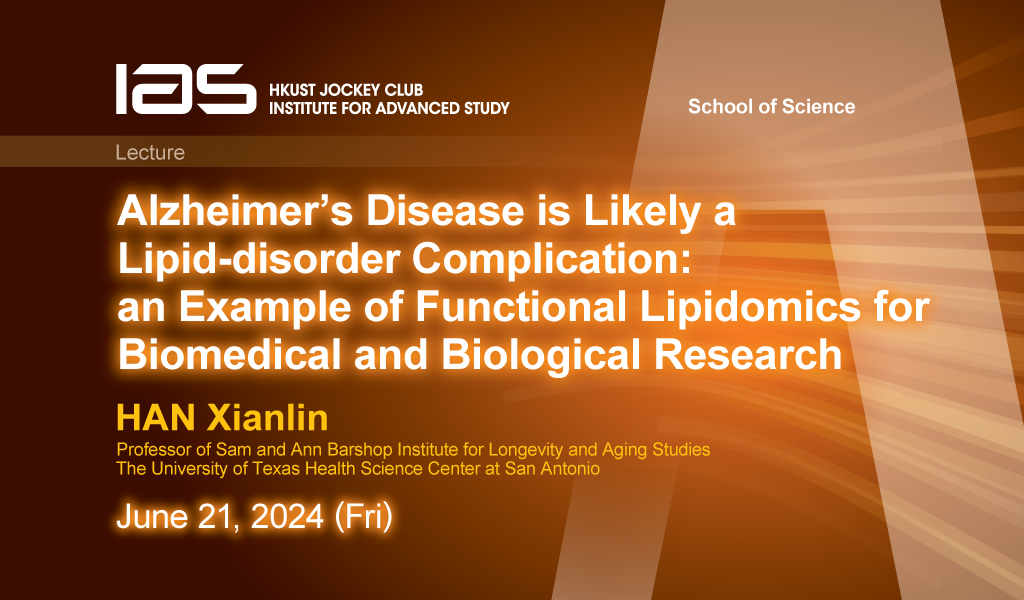Internal tides power much of the observed small-scale turbulence in the ocean interior. Here we present a global 3D map of tidal mixing that incorporates both the local and remote dissipation of internal tides. The map compares well with available mixing estimates across the globe. In light of this agreement, we combine the mixing map with the climatological density distribution of the ocean to estimate rates of upwelling across isopycnals. We find that tidal mixing (i) tends to homogenize North Atlantic Deep Water, (ii) sustains about 6 Sverdrups of upwelling near 4 km depth in the Indo-Pacific, and (iii) causes weak and uniform upwelling at mid-depths (1-2.5 km). The addition of geothermal heating boosts upwelling rates in the abyssal Pacific. However, upwelling at mid-depth remains unchanged and incompatible with popular figure-of-eight depictions of the global overturning circulation. An alternative schematic of the overturning is proposed.

LOCAEN, UPMC, Sorbonne University
please contact jclmak@ust.hk for Zoom link



